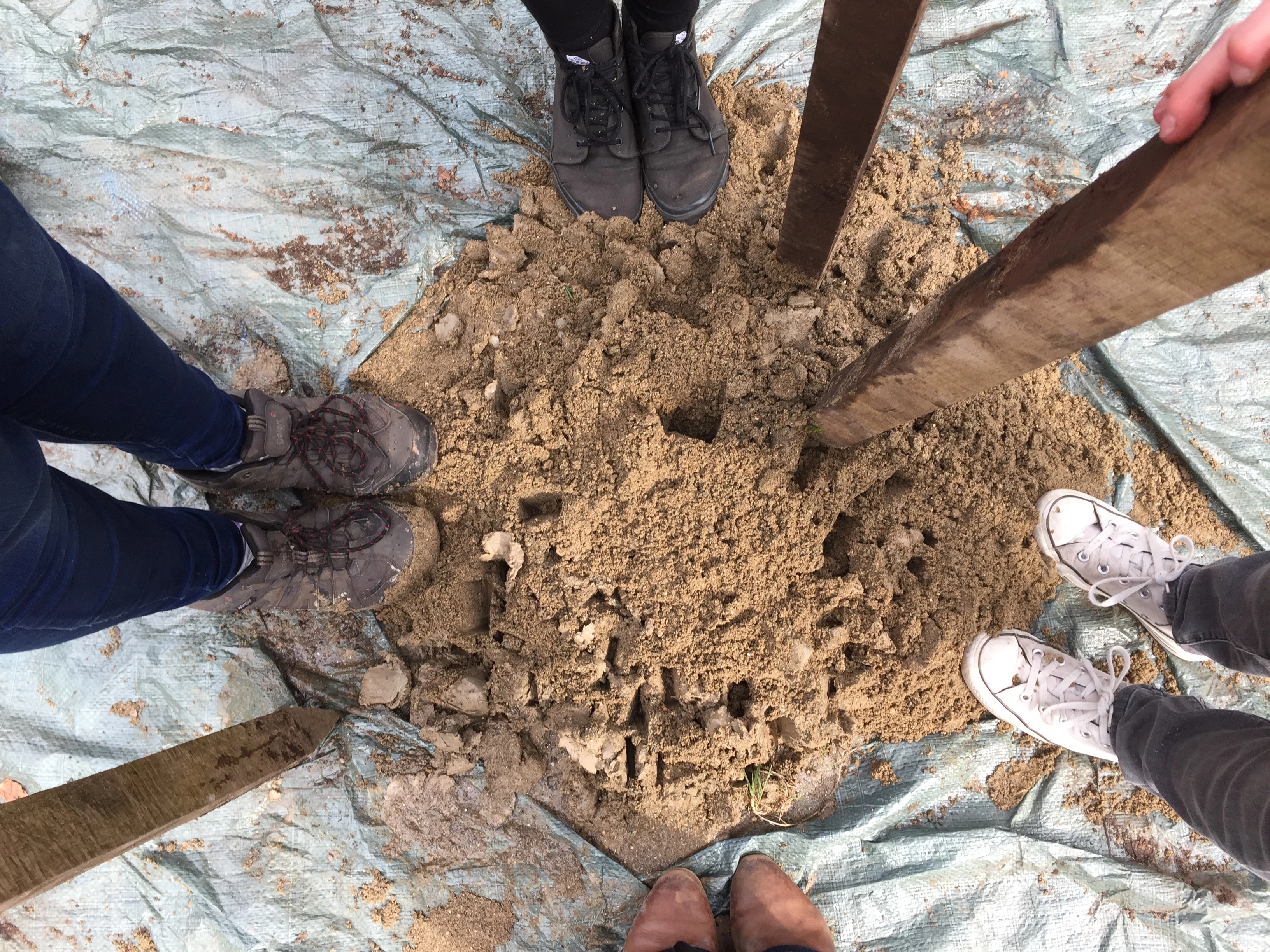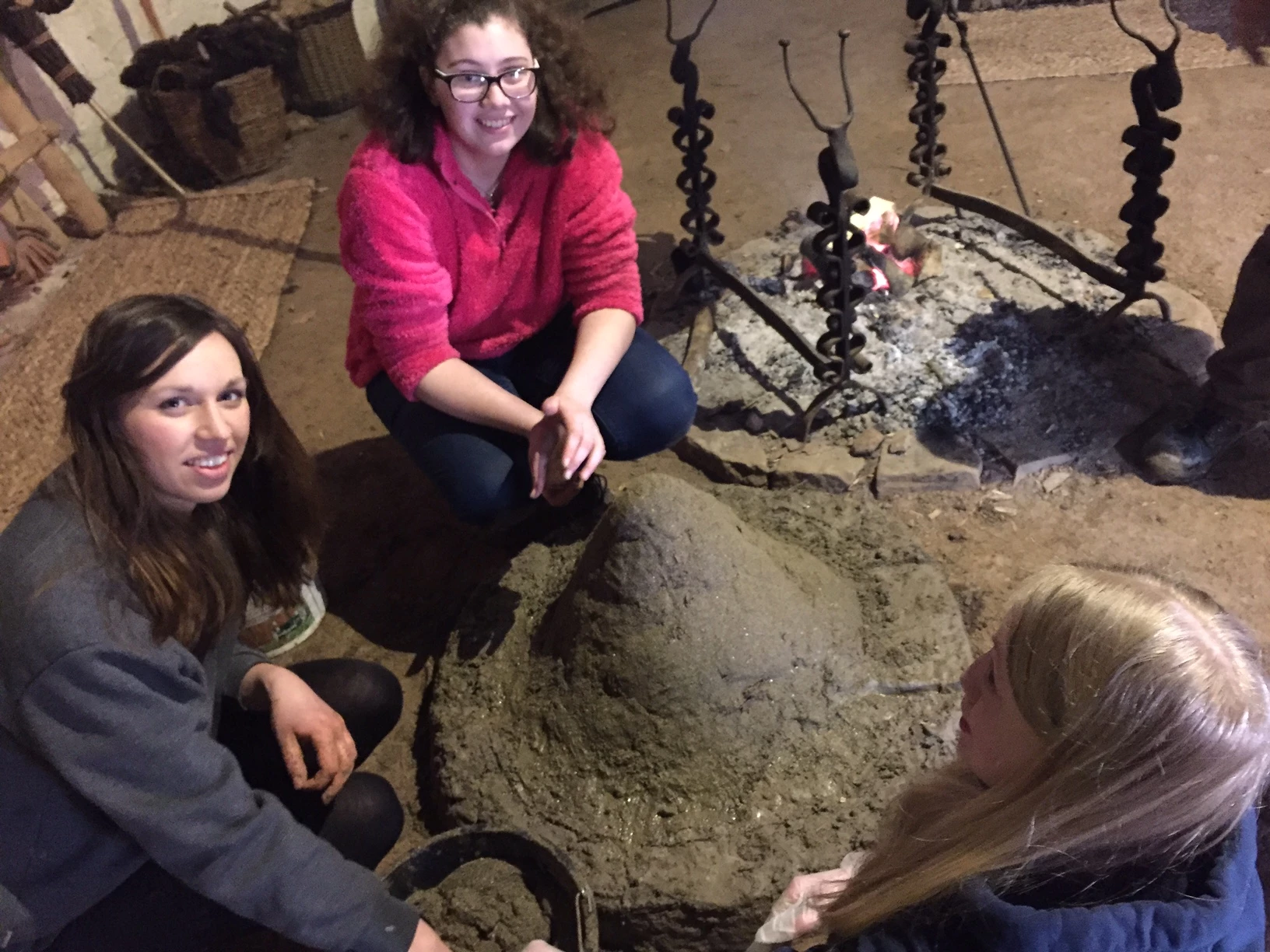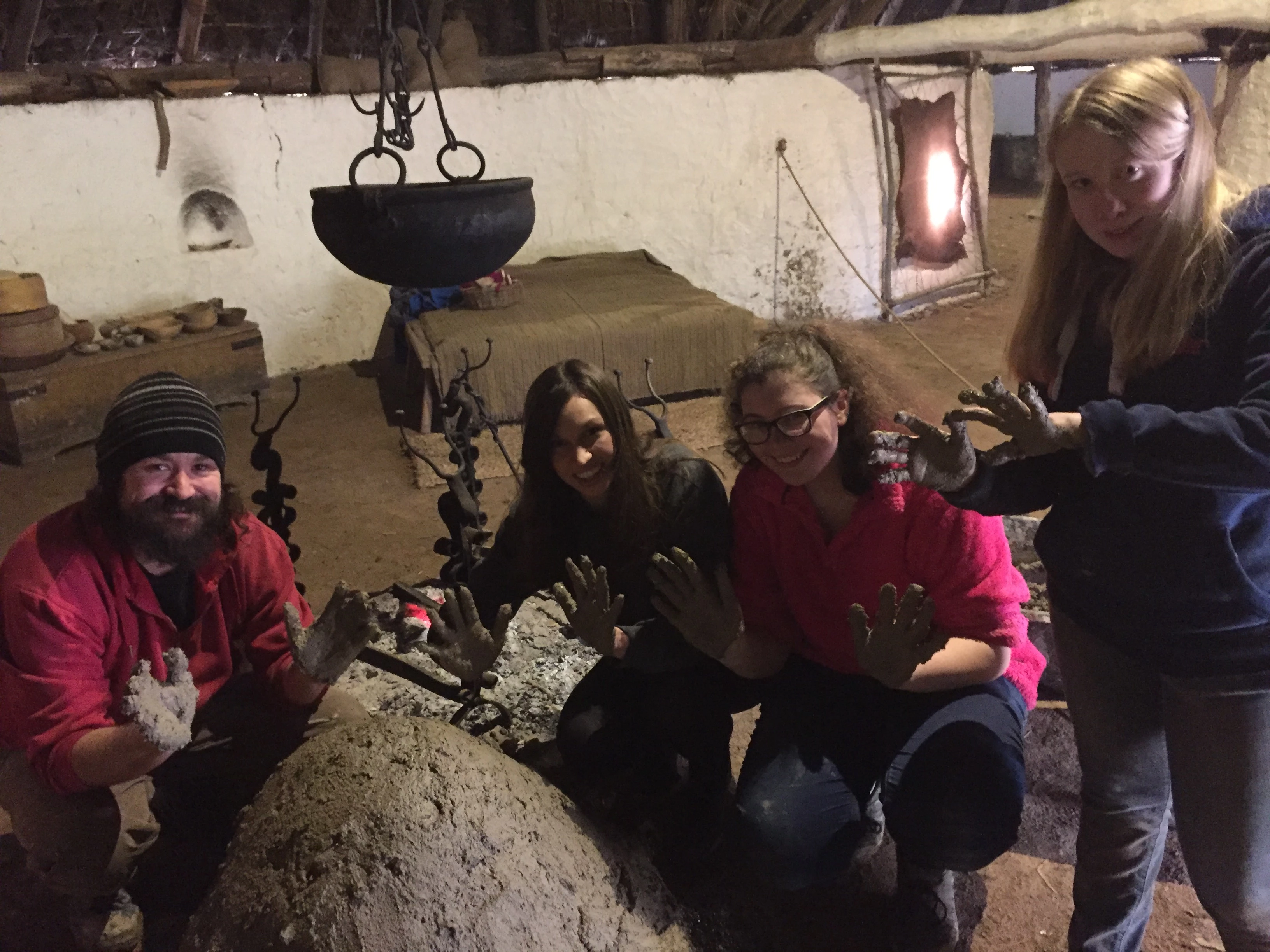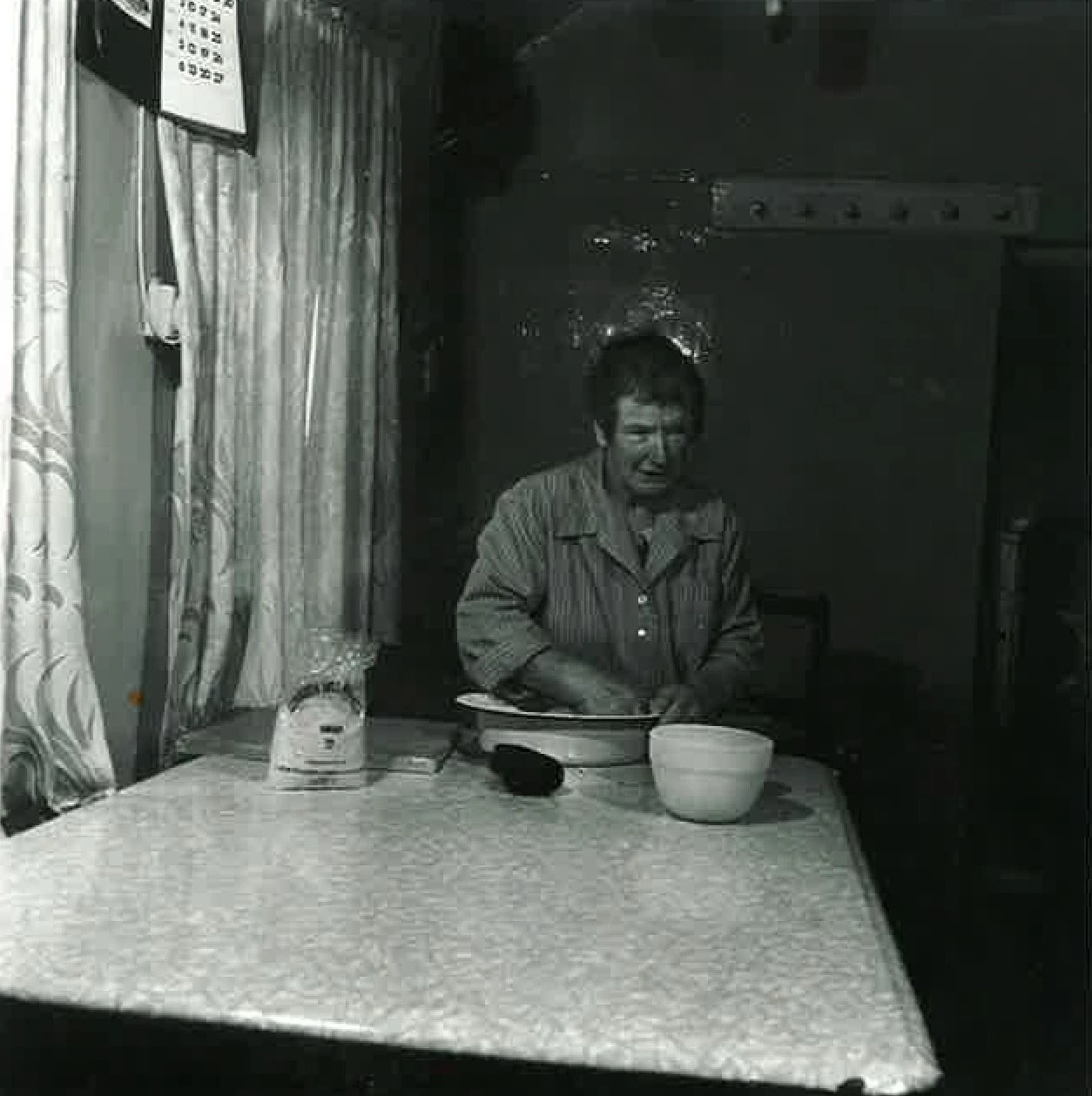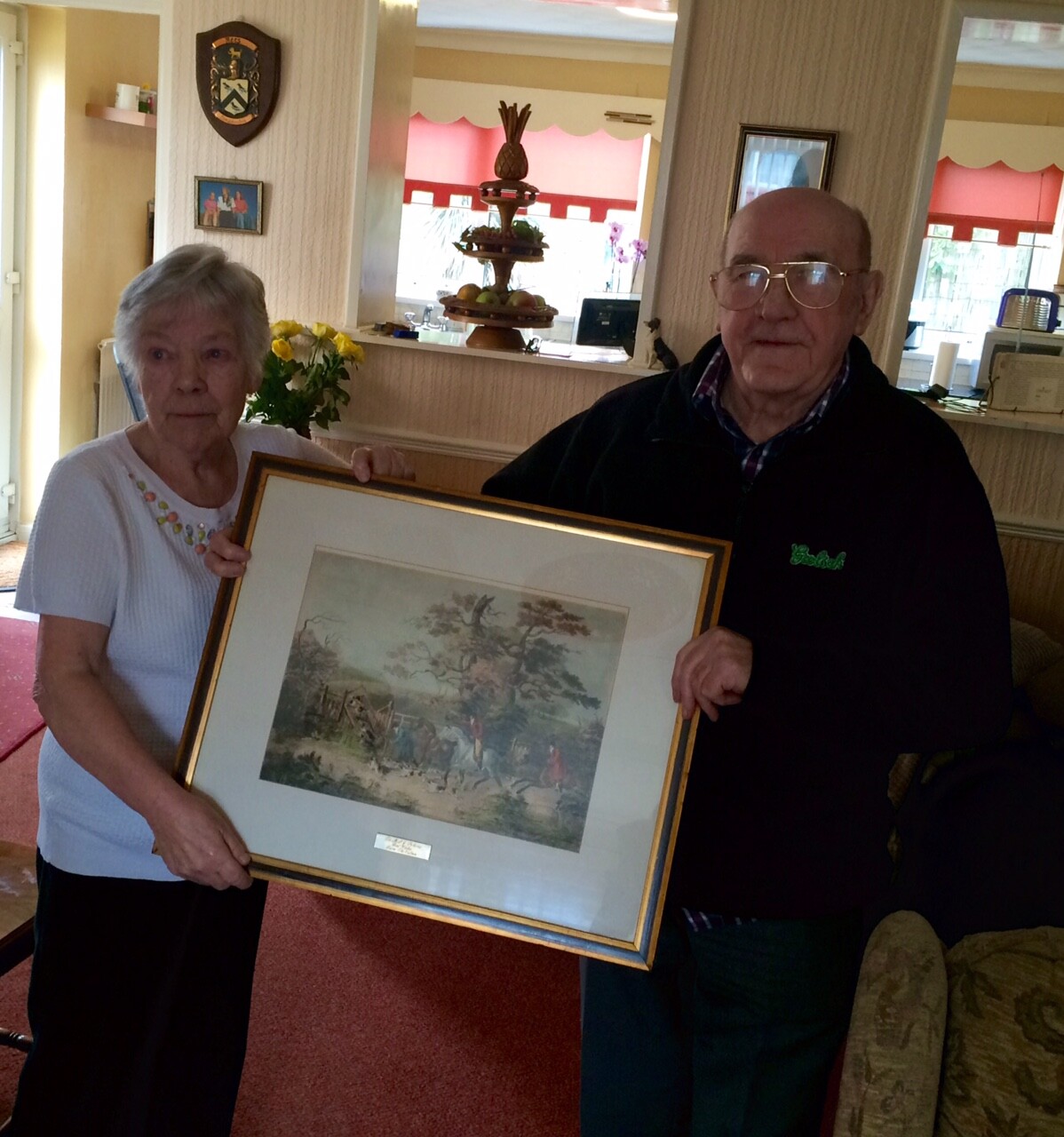Ydych chi’n gorwedd yn gyfforddus?
, 13 Mawrth 2016
Os ydych chi wedi bod yn gwylio sgrinwyna, siawns fyddech chi wedi gweld rhai o'r defaid yn cael help llaw gen y tîm. Felly i'r rhai ohonoch sydd yn awyddus i wybod beth yn union sy'n mynd ymlaen....
Wrth i’r ddafad esgor, mae cyfangiad y cyhyrau yn gwthio’r oen at y byd mawr. Yr enw ar safle’r oen yw ‘gorweddiad’. Os yw gorweddiad yr oen yn drafferthus, bydd yn rhaid i’r bugail helpu’r ddafad i roi genedigaeth.
- Delfrydol: Pen a coesau blaen yn gyntaf. Dyma’r safle hawsaf – dim angen help fel arfer.
- Un goes allan fel ‘Superman’: Weithiau angen help i wthio’r oen yn ôl a sythu’r goes.
- Dwy goes yn ôl: Angen help i wthio’r pen yn ôl a thynnu’r coesau allan.
- Pen yn ôl: Angen help i wthio’r oen yn ôl a thynnu’r pen ymlaen.
- Am yn ôl: Dim angen help, ond gall y llinyn bogail dorri cyn i’r pen ddod allan, gan achosi i’r oen foddi cyn cael ei eni.
- O chwith (pen ôl gyntaf): Bydd angen help i sortio hyn bob tro.
- Cymhlethdodau: Mae geni efeilliaid, tripledi neu fwy hyd yn oed yn hawdd fesul un! Ond weithiau mae pethau’n mynd yn lletchwith, ac mae angen help.
Diolch i Wynfford yr Oen Hyfforddi a Fflat Eric am eu gwaith modelu

